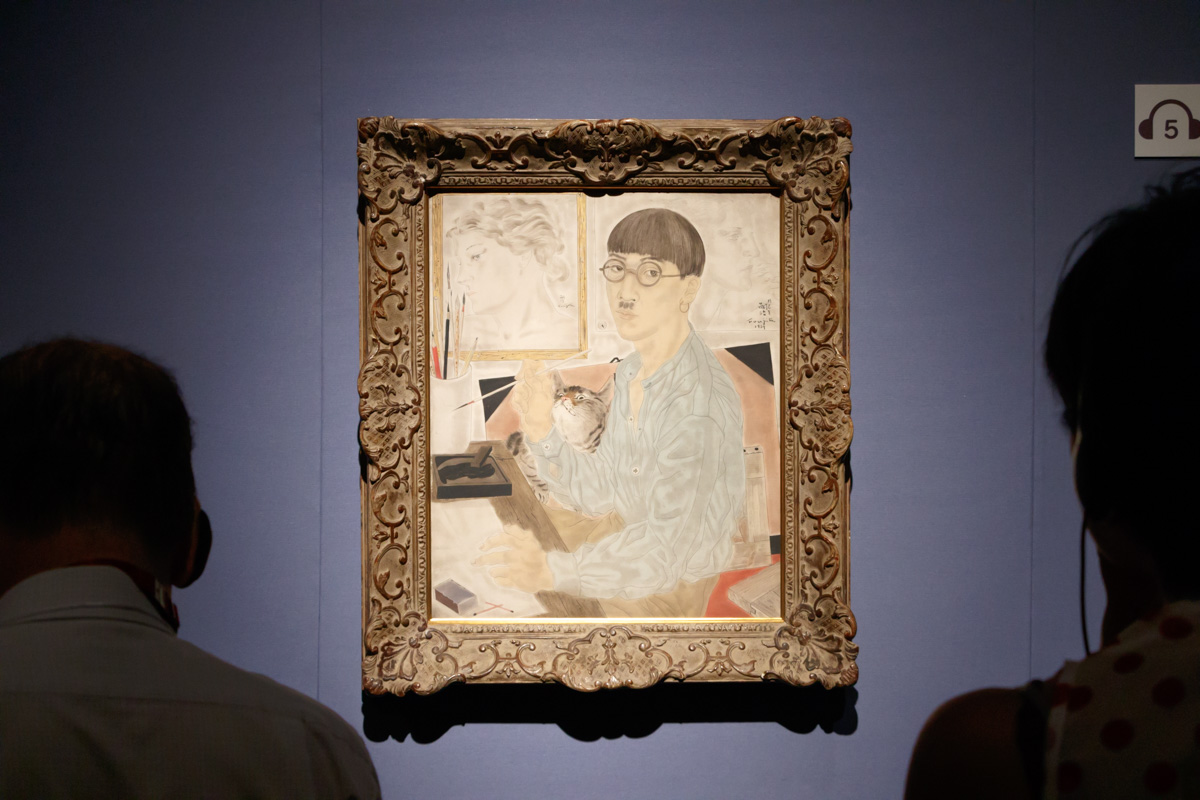
"Self-portrait" 1929 Collection of the National Museum of Modern Art, Tokyo
Round glasses on the head, hairy beard, gold pierced earrings. A female painting is decorated behind a man with a very unique appearance, and a cat is peeping at the hand at hand with a paintbrush.
This man's name is Tsuguharu Fujita (Leonard · Fujita, 1886-1968). About 100 years ago, I am a painter who made a name in Paris which was the center of art, and became a "forerunner" as a so-called "Japanese artist" active overseas. Fujita, who established her own style and gained popularity with the nude statue, which was named "wonderful milky white", lived in France about half of his life, baptized in France in his later years and became the soil of Europe.
Fujita's 50th year since the death of this world in 2018, the 50th anniversary of his death "Tsuguharu Fujita Exhibition" held in full is a great retrospective exhibition that is the largest in history and quality. During the exhibition, works came from major European museums to such extent as not to scale. It is a very valuable opportunity to gather ten or more pieces of works, such as "milky white nude" which can be said as Fujita's pronoun.
The other day, the inside exhibition for the media has been held, so I will tell you the pattern this time.
| Exhibition landscape
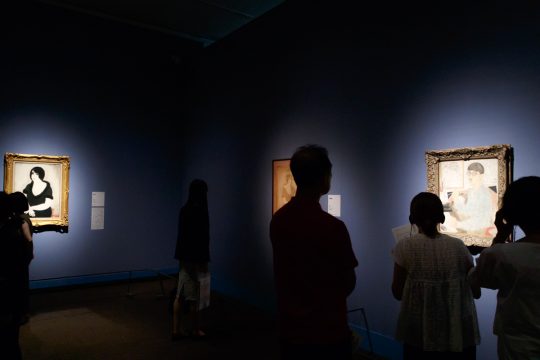
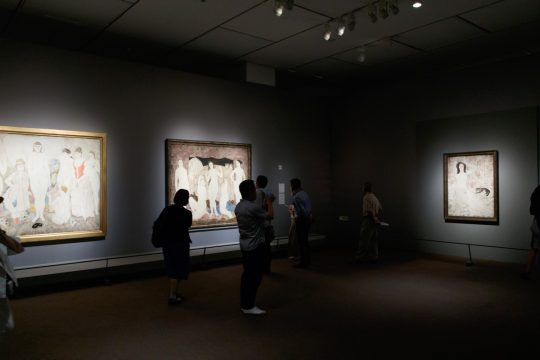
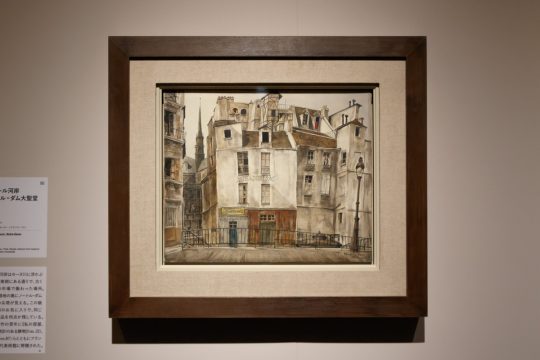
"Fleur river shore Notre-Dame cathedral" 1950 Collection of Center Pompidou Center
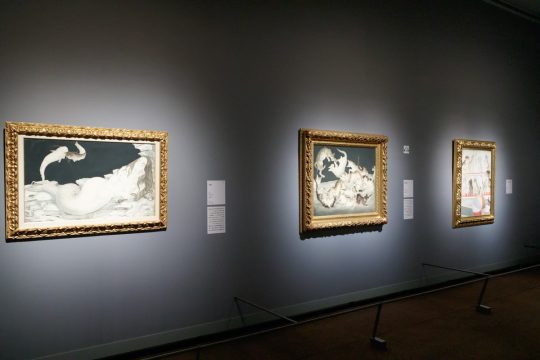

In this exhibition, themes such as "landscape painting", "portrait", "nude", "religious painting", etc. are set up and mainly focused on over 100 works of paintings.
Fujita is a rare painter who has drawn almost without slump for 60 years of his life for 81 years, and while walking a cosmopolitan life the paint brush never stopped. Fujita's most spiritual enthusiasm is "oil painting", and this exhibition is also made up of oil painting works at the center of the painting.
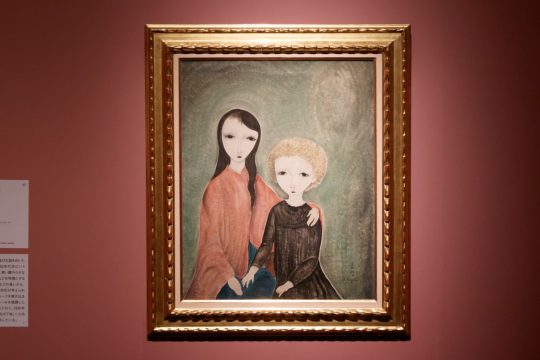
"Two girls" drawn in 1918 which is Fujita Tsuguharu's "Year of the Year" (Collection of Geneva, Switzerland)
According to Mr. Yoko Hayashi, an art historian who supervised this exhibition, there is a vintage year in the wine's painting, "Year of the Year" in Tsuguharu Fujita's paintings. 1918 of the First World War the end, 1923 which drew a lot of, such as nudes, 1940, just before it returns to Tokyo under the influence of the Second World War, and after the war, is a 1949 depicting such masterpiece "cafe".
Mr. Hayashi said that in vintage exhibition and venue composition, this vintage year "I try to conscious as much as possible". It is an exhibition that should be called "Finale" by Tsuguharu Fujita.
Also, although the venue of the Tokyo Metropolitan Art Museum is divided into 3 floors, it seems that each time you move the floor, you can experience the transitions of the style and the lifetime of multicultural life. Please enjoy the painting world while thinking of Fujita's lively and turbulent era.
| Work introduction
"Portrait of Emily Crane = Shadborn" Collection of the Chicago Art Museum in 1922
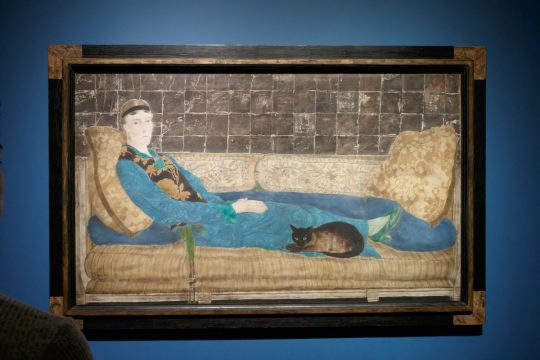
It is a portrait that is one of the representative works among Fujita 's figures in the 1920s. The model is a wealthy American woman who is an order. It is noteworthy to note that the pattern and touch of the French gift are precisely portrayed and silver foil is applied to the wall. Fujita often used gold leaf during the work, but the work using silver foil is only this work.
It is a work that was donated to the Chicago Art Museum and was stored, but I will be visiting Japan for the first time this exhibition.
"Tapestry nude" Collection held in 1923 by the Kyoto National Museum of Modern Art
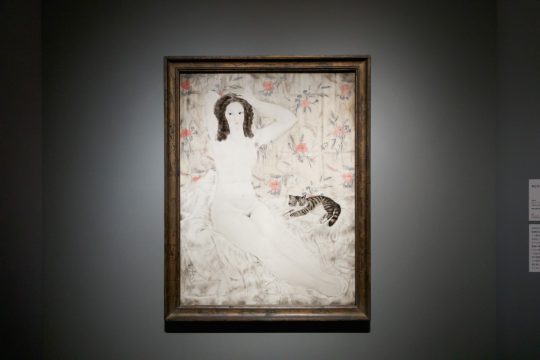
Tsuguharu Fujita 's "greatest year of the year" was said in 1923, the year when many nude statues were drawn, such as the representative work "five nude women". Fujita's nude statue became enormously popular due to the thin and supple lines and the decorative background reminiscent of the Japanese Rinpa and the texture of the skin, which was named "wonderful milky white".
"Tapestry nude" is an impressive work of decorative cotton cloth and white human skin contrast. This poppy flower pattern "Jay cloth" is hand-dyed cloth which is also said to be French gift. It is said that there was a feeling of praise of craftsmen's handicraft being lost as a background of this precise depiction of J. Cloth.
"Cafe" 1949 Collection of Center Pompidou Center
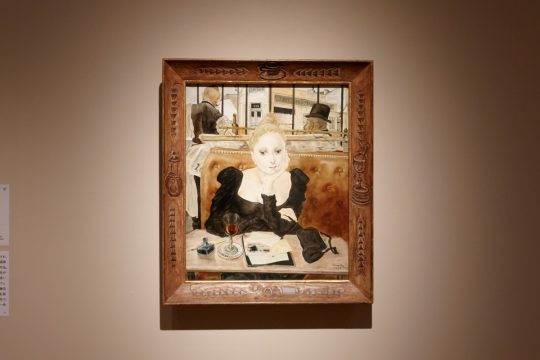
"Flower" in this exhibition, it is a wonderful work even if it looks at it once again, treasure of Pompidou "
Mr. Hayashi also praises masterpiece "Cafe". It was produced during my stay in New York and was presented at a solo exhibition in 1949. The scenery of Paris which looks outside the window, the expression of a lazy female, and the black of a magical dress give off a magical charm.
"It's not just a sweet scene, it's a bit too acidic, but I can draw this, but I hope to convey that miracle to everyone."
In addition, the picture frame is handmade by Fujita. In 1949 when I was staying in New York, Fujita focused on drawing works and also made picture frames that fit the motif. Although such a frame may have been damaged later in the year, in this work you can appreciate the figure as it is at that time.
"Worship" 1962 – 63 Collection of the Modern Museum of Modern Art in Paris

Fujita of a monk is drawn on the left of the Virgin Mary. Fujita 's breast appears on the medal when he visited the pope in 1960. Later in the year, Fujita received baptism, named him "Leonard Fujita", left a large number of works that moved to suburbs of Paris and used Christianity as a motif.
While active as a war painter at the time of the war, Fujita went to France to escape, being condemned by cooperating with the country after the war. It seems that his later years went over to religion and spiritual world. Although it seems that there is sometimes said that "the creativity has declined" in the later years, in this work, just the steps and techniques of the past such as the expression of the child, the white skin of the person and the decorativeness of the background are in one screen I get the impression that it is integrated.
| "Open" Fujita Tsuguharu to the world, "Connect" to the next generation
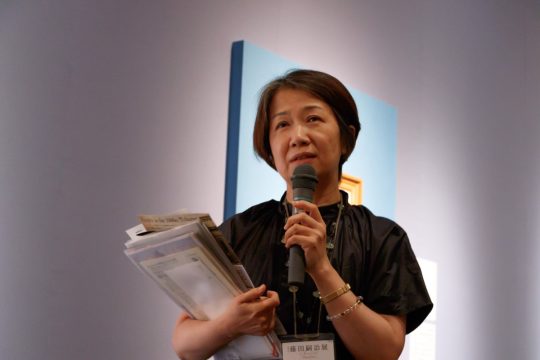
Mr. Yoko Hayashi, an art historian who supervised this exhibition
Fujita told the Tokyo Art School which is a graduate school of Fujita (now: Tokyo National University of Fine Arts and Sciences) that he got confidence that he is "a person who has kept his painting entirely with the truth" in touch with the diary and materials donated Mr. Hayashi.
"Fujita has been drawing attention from researchers in the United States, Central and South America, Europe in the last ten years.This exhibition supple Fujita supplely from the Showa no yaku (yuki) I would like to grasp from Fujita "Open to the world", although it may be exaggerated
Fujita Tsuguharu wishful that "I want to live as a Japanese in the world," becoming the darling of the times, being being maddened by the times.
"50 Years of Death" Tsuguharu Fujita Exhibition " to unravel the whole picture of the painting is held until October 8, 2018 (Monday, congratulation).
Why do not you experience the celestial life and painting world?
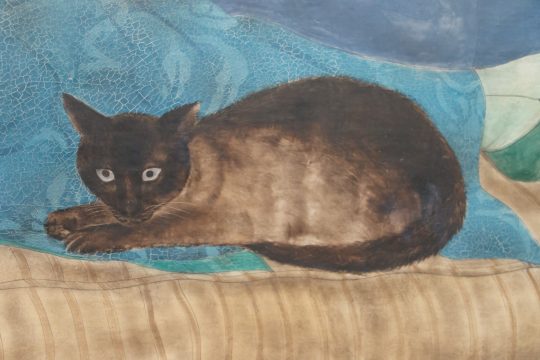
Also, cats that are indispensable to Fujita's work are cats. While watching a work "trying a cat" trying?
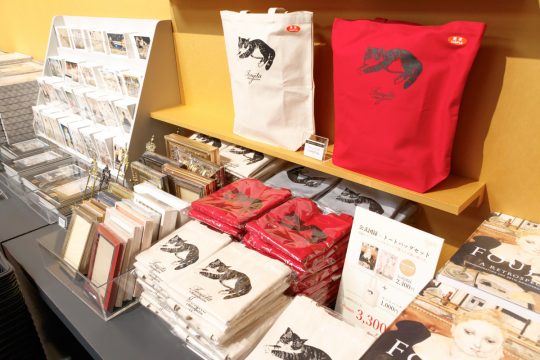
Enhance cat cat goods in the retail section
All © Fondation Foujita / ADAGP, Paris & JASPAR, Tokyo, 2017 E2833
| Overview
| Exhibition name | " 50 Years after Death " Tsuguharu Fujita Exhibition |
| Society | Tuesday, July 31, 2018 – October 8 (Monday, congratulation) 9: 30 ~ 17: 30 (entrance is until 30 minutes before closing) * Friday, July 27, Friday, August 3, Friday, Friday, Friday, Friday, Friday, Friday, Thursday, Friday, Thursday, Friday, Thursday, Friday, until 21:00 |
| Closed day | Monday, September 18 (Tue), 25 (Tue) * However, August 13 (Monday), September 17 (Monday · Holiday), 24 (Monday · Holiday), October 1 (Mon ), Opening on 8th (Monday · public holiday) |
| Venue | Tokyo Metropolitan Art Museum Planning Exhibition Room |
| Admission fee | Today's ticket | General 1,600 yen / college student / vocational school student 1,300 yen / high school student 800 yen / over 65 years old 1,000 yen Group tickets | general 1,400 yen / college student / vocational college student 1,100 yen / high school student 600 yen / over 65 years old 800 yen ※ Group discount targets are 20 or more ※ Free for junior high school students and below ※ Person with handicapped person, notebook of love, care giver notebook, mentally handicapped health welfare notebook, bomb survivor health notebook and those accompanying people (up to 1 person) are free |
| Official site | http://foujita2018.jp/ |


